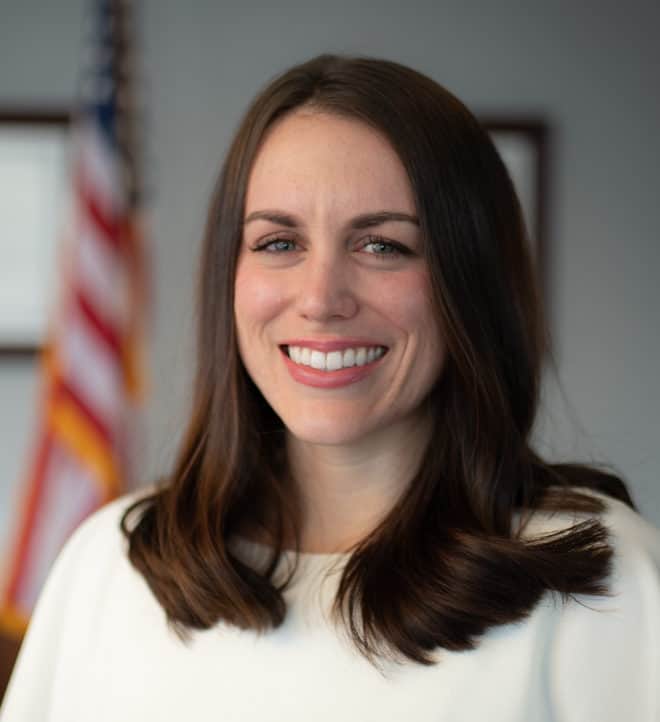The Cost of Personalized Learning

Written by Christine Cooke Fairbanks
February 26, 2018
Will focusing on a student’s individual needs and creating personalized learning paths cost taxpayers more money and result in ANOTHER tax hike?
The short answer is no.
- Personalized learning is a philosophy, not a program. Like “choice in education,” personalized learning is an umbrella term – most people think technology, some think competency-based education (CBE), and some think of an “a la carte” education policy like Flex Spending Accounts. Technology has some costs upfront but often cuts down on costs over time. CBE can be as simple as an AP class or as extensive as the model being used by Innovations Early College High School in Salt Lake City.
- If a policy furthers more personalized learning but costs money, it’s probably worth funding – in most instances it simply requires prioritizing funds for the program. Sutherland Institute does not support tax hikes in education without a clear plan for how the money will be used to improve learning for students. In fact, Sutherland Institute has repeatedly said “no taxation without innovation” in response to the current proposed income and sales tax hike ballot initiative. But reallocating funds is not the same thing as pursuing a tax hike.
- Many current forms of personalized learning don’t require a tax hike. Utah is using state funds for a CBE pilot program without raising taxes. Flexible spending accounts – another way to personalize education – are actually crafted to save the state money. You can learn more about flexible spending accounts here: http://www.edchoice.org/wp-content/uploads/2013/08/2013-8-Education-Debit-Card-WEB-NEW.pdf. Teachers can even personalize learning by letting students choose areas of study or selecting projects of interest.
More Insights
PLACE HOLDER FOR DONOR FORM
Read More
What you need to know about the upcoming state party conventions
The two major political parties are about to hold their state conventions. Here’s what you need to know.
Here’s why the First Amendment’s religion clauses are not in conflict
Some suggest there is a tension between protection for the free exercise of religion and the prohibition on the establishment of religion. But a better take is to see the two clauses as congruent.
Is California’s minimum wage hike a mistake?
Is raising the minimum wage a good tool to help low-income workers achieve upward mobility? That’s the key question at the heart of the debate over California’s new $20 an hour minimum wage law for fast food workers.


